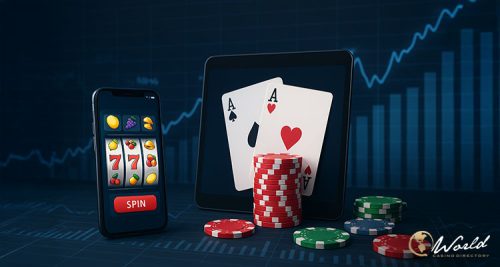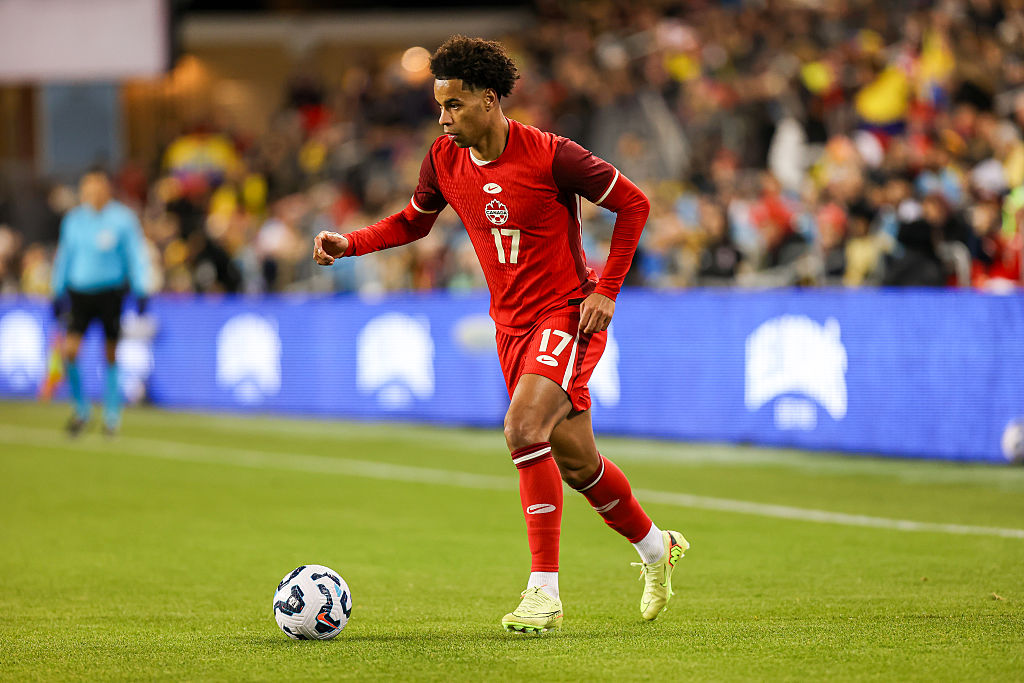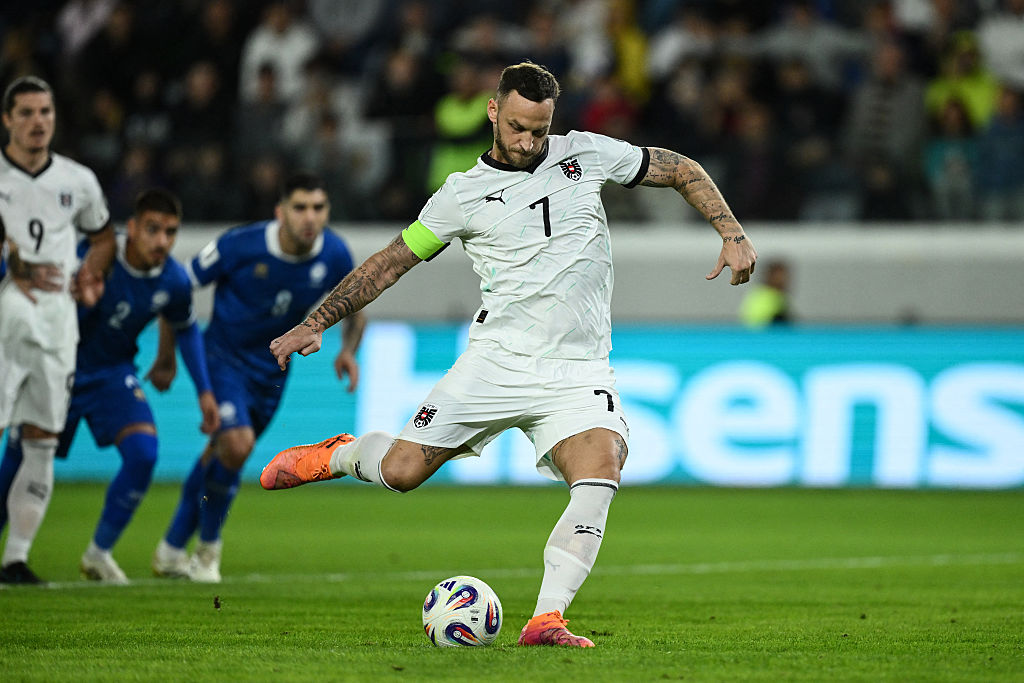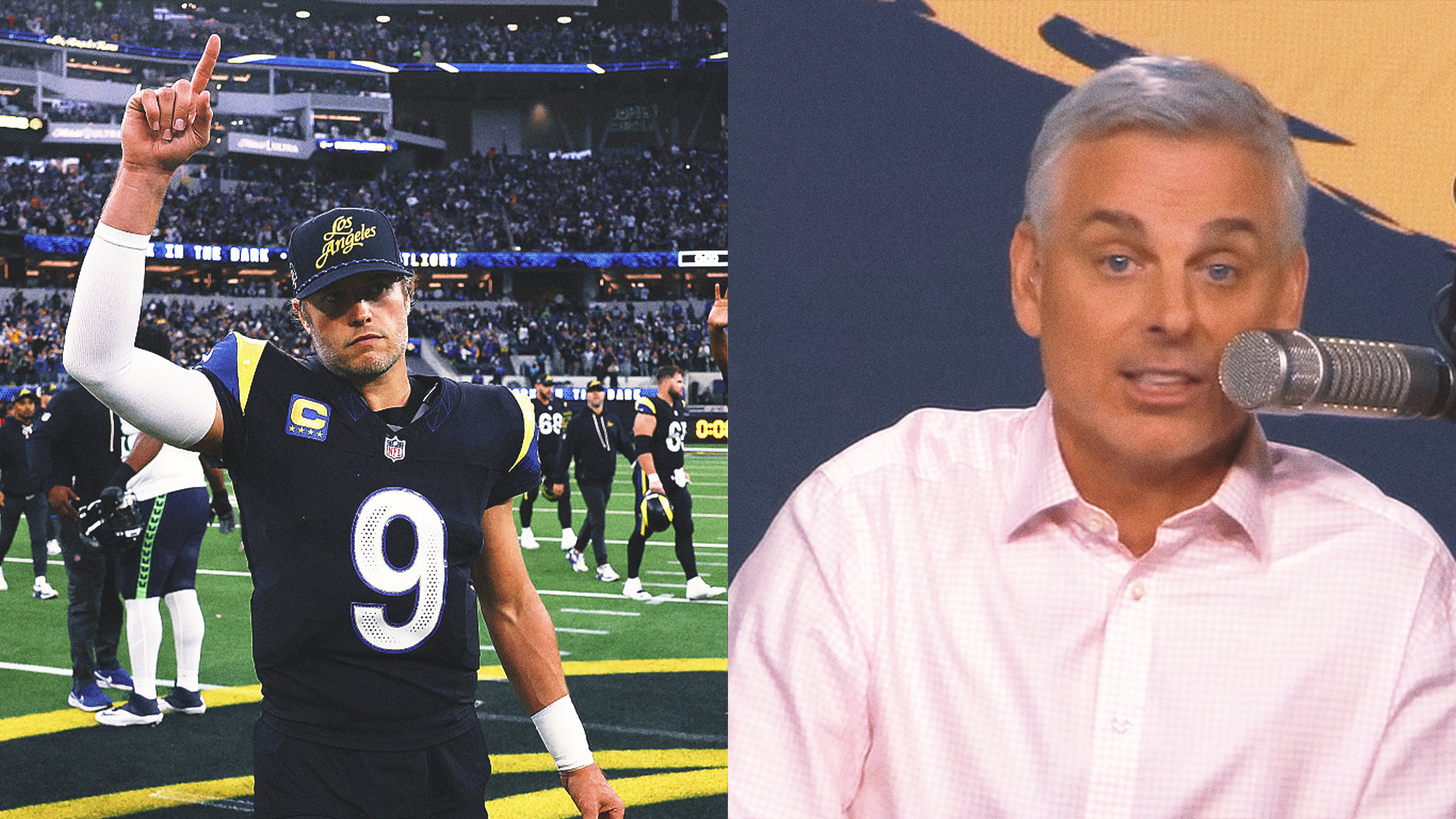One of the most controversial Nintendo sequels of recent times sees Kirby take on Mario Kart in this surreal new racing game.
Nintendo’s reputation for strange decisions, both good and bad, has continued to blossom in the wake of the Switch 2’s launch. From the weird summer release date to the inexplicable lack of news about a new Super Mario game, everything has been exactly as peculiar as usual. Although all that seems perfect reasonable and logical, compared to making Kirby Air Riders.
Although it was quickly forgotten at the time, Kirby Air Ride was released for the GameCube in 2003. It was not very good. In fact, when we were doing a list of the worst reviewed Nintendo games of all time, following the launch of Nintendo Switch 2 Welcome Tour, Kirby Air Ride almost made it into the list, with a Metacritic score of just 61.
We’ve kept reminding ourselves of that fact over the last few months, as Nintendo has engaged in a bewilderingly expansive marketing campaign for the sequel, which has somehow included two one-hour long Nintendo Directs. Why so much effort is being expended on the game we have no idea, and the more we’ve played it the more confused we’ve got.
Apart from anything, it’s very odd that Kirby Air Riders is coming out so early in the Switch 2’s lifetime, considering Mario Kart World has already provided a high profile, family friendly racing game for the nascent format. But some fans theorise that Nintendo is trying to butter up director Masahiro Sakurai, creator of Kirby, to convince him to make a new Super Smash Bros. game. According to him the whole thing was Nintendo’s idea, so who knows.
What we do know is that Kirby Air Ride was a fundamentally flawed concept 22 years ago and it has not aged well. Especially as the three main modes are all more or less exactly as they were over two decades ago, to the point where this is really more of a remake than a sequel.
The various modes all use the same controls but all work in quite different ways. The most straightforward is Air Ride, which looks and plays relatively similarly to classic Mario Kart, except there’s always other computer-controlled enemies on the course, along with the actual racers, which you can inhale and use as projectiles or power-ups in the usual Kirby fashion.
Expert, exclusive gaming analysis
Sign up to the GameCentral newsletter for a unique take on the week in gaming, alongside the latest reviews and more. Delivered to your inbox every Saturday morning.
The game’s main calling card is that you’re always accelerating and if you press the button to slow to a halt you can build a turbo boost (usually, it depends on your vehicle) and drift into corners. If you don’t do the latter then you tend to clatter around the narrow courses like an errant pinball, which proves there is skill to the game – even if you can easily beat the computer without having any real idea what you’re doing.
Kirby has always been a series aimed at young kids and non-gamers, and we assume Sakurai is trying to make things as simple as possible for them. But it doesn’t work. The fact that you’re always accelerating is hugely distracting and put off every casual gamer we showed it too, and while there are technically only two buttons to use one of them does four different things, depending on the context.
Anyone can start playing Mario Kart within seconds, especially if they turn on auto-accelerate and auto-steer, but with Kirby Air Riders you’re first encouraged to play an 11 step tutorial. One which doesn’t explain why there’s an arrow and gun sight bobbling about in front of your character all the time. It only becomes obvious in Top Ride mode that this is meant to show you the direction and speed you’re going, but if you need that in a game as ostensibly simple as this it’s surely a sign that something isn’t right in the game design department.

Top Ride is essentially the same as Air Ride but viewed from a top-down perspective, similar to Super Cars. It’s not as clever as Micro Machines though, and there’s no real gimmick to it at all, making it by far the least interesting of the three game types.
This is exacerbated by the fact that there is no structure whatsoever to any of the three main modes. There’re no Grand Prix options and no tournaments of any kind, you just play a single race and that’s it. There’s then no particular reason to play again, other than to try and complete achievement style challenges, like gliding for three seconds or completing a lap in a certain time.
Doing so unlocks cosmetic decals you can customise your vehicle or online licence card with, or sometimes you unlock new characters or vehicles. These challenges are displayed in a large grid, one for each mode, just like Super Smash Bros. In fact, the presentation in general is almost identical to Smash, from the menus to the music to the style of announcer.
The highlight of the game is supposed to be City Trial… which is no fun whatsoever. The extremely odd concept involves racing around a relatively large city, and its environs, trying to collect icons that improve the stats of your vehicle. You can attack other players who are doing the same, and try and steal their dropped icons, but you don’t have to and it’s easy to win without interacting with them at all.
After five minutes the match ends in a Mario Party style minigame that only lasts for a minute or two and involves things like completing a drag race or diving through numbered targets. None of these are interesting in their own right and there’s no guarantee any of the stats you’ve improved will prove useful, since everyone votes on which game to play and if they all choose drag race, for example, and you haven’t increased your speed stat there’s very little chance of you winning.
What’s especially baffling about all this is that it’s all essentially the same as the original game. The controls and options have been refined (the minigame choice used to be completely random) but they’re still the same unengaging concepts underneath. The only real improvement is that the graphics are a lot better, with some very pretty stages in Air Ride mode. But so much of them are on-the-rails – literally in terms of grinding but also little segues like dropping down a waterfall – that together with the constant acceleration the whole thing feels only semi-interactive.
The only genuinely new mode in the game is a roughly four hour long, faintly roguelite inspired, story campaign called Road Trip. Although the first problem there is that the plot is such utter nonsense we began to wonder whether we were hallucinating it, especially given it’s told through a series of very expensive looking cut scenes with lots of hard science fiction elements.
In terms of what you do, it basically chops up all the different modes into bite-sized chunks and serves them up at random as you travel (automatically, of course) along a road and pick one of the three options available. This might be a one lap race in Air Ride or Top Ride or a minigame or encounter derived from City Trial. There’re a few bespoke sequences, including some boss battles towards the end, but nothing of any real interest and all of it, like every Kirby game, is trivially easy (you unlock Super Hard in New Game+ but it’s nothing of the sort).
If you want to play a Kirby game then there’s already a Switch 2 version of Kirby And The Forgotten World, which is his best adventure in years. If you want to play a fun, family friendly racing game then Mario Kart World is right there. If, however, you want to play an irritating, formless, racer that’s simultaneously overcomplicated and far too simple then Kirby Air Riders is the game for you.
Kirby Air Riders review summary
In Short: The most baffling Nintendo release of recent years, with a quasi-remake of one of the GameCube’s worst games, that seems specifically designed to irritate and confuse would-be players.
Pros: The graphics are pretty good and although the course designs are overstuffed with features, Air Ride can be relatively entertaining in multiplayer.
Cons: The entire concept of the control system and the City Trial mode is deeply flawed and no fun at all. No structure in single-player mode and very few new ideas for a 22 year gap between entries.
Score: 4/10
Formats: Nintendo Switch 2
Price: £58.99
Publisher: Nintendo
Developer: Bandai Namco Studios and Sora Ltd.
Release Date: 20th November 2025
Age Rating: 7

Email gamecentral@metro.co.uk, leave a comment below, follow us on Twitter.
To submit Inbox letters and Reader’s Features more easily, without the need to send an email, just use our Submit Stuff page here.
For more stories like this, check our Gaming page.

 1 hour ago
4
1 hour ago
4





























